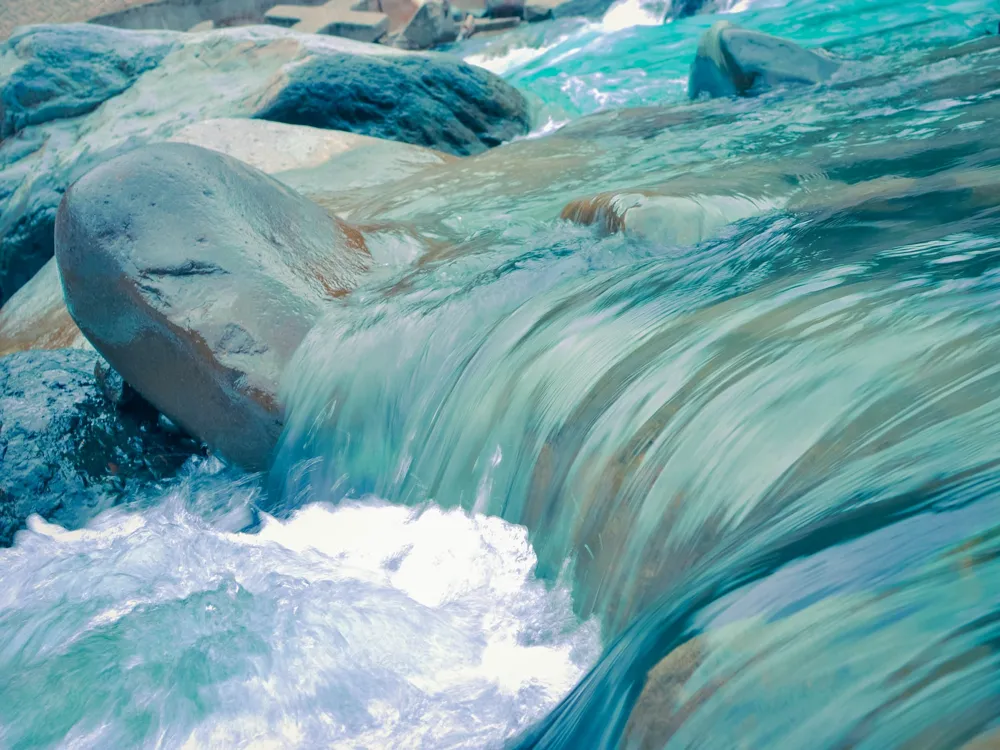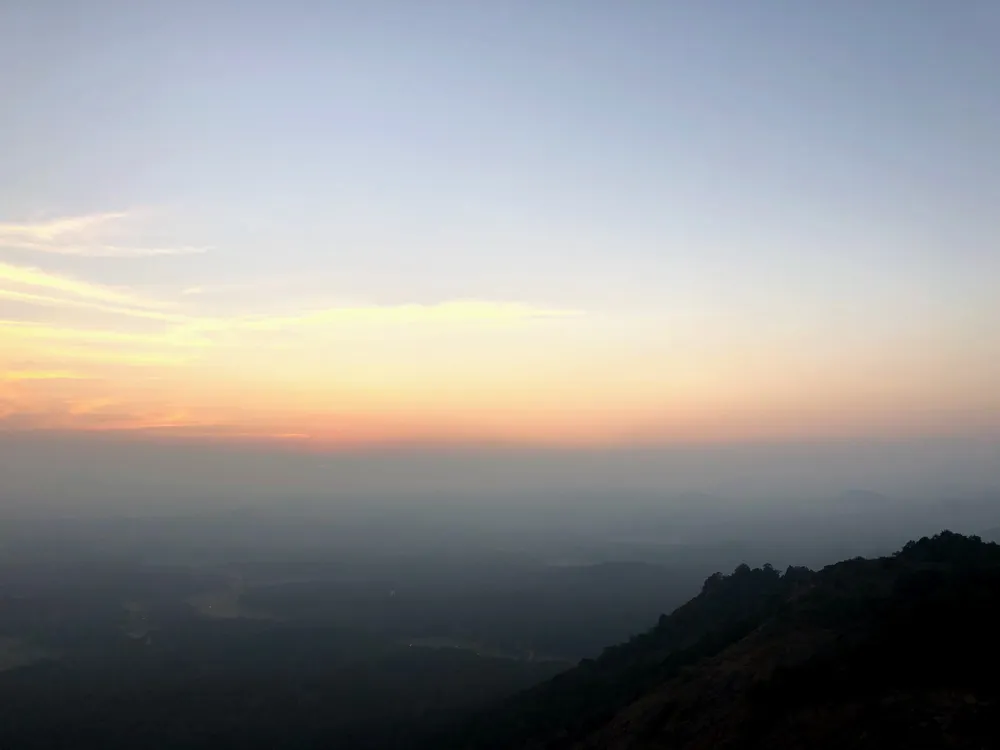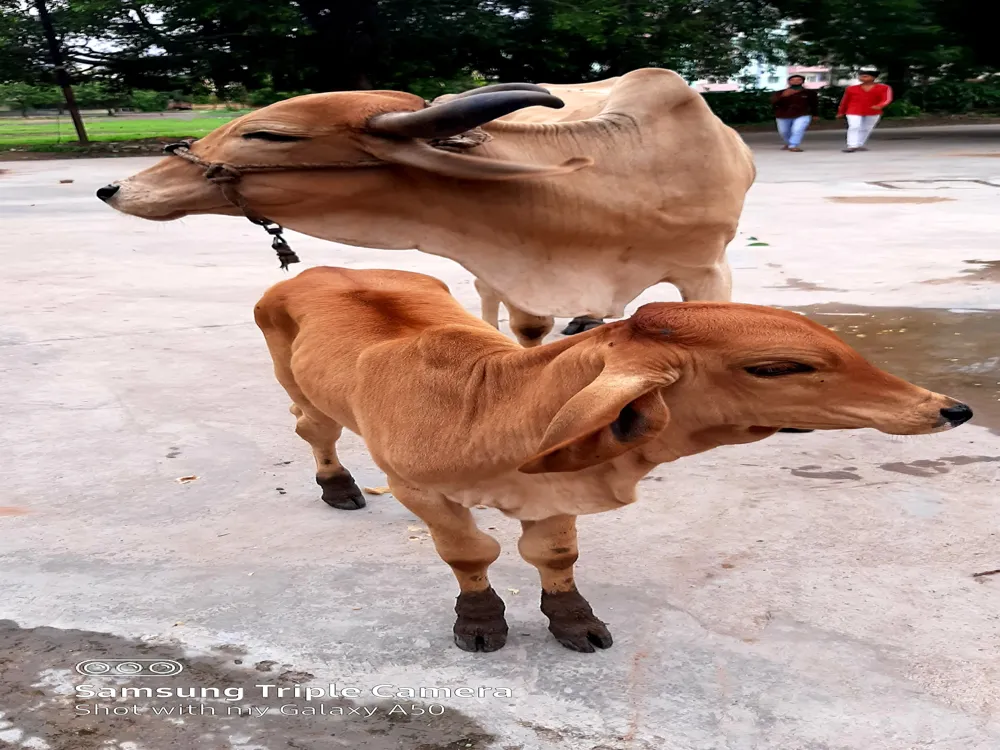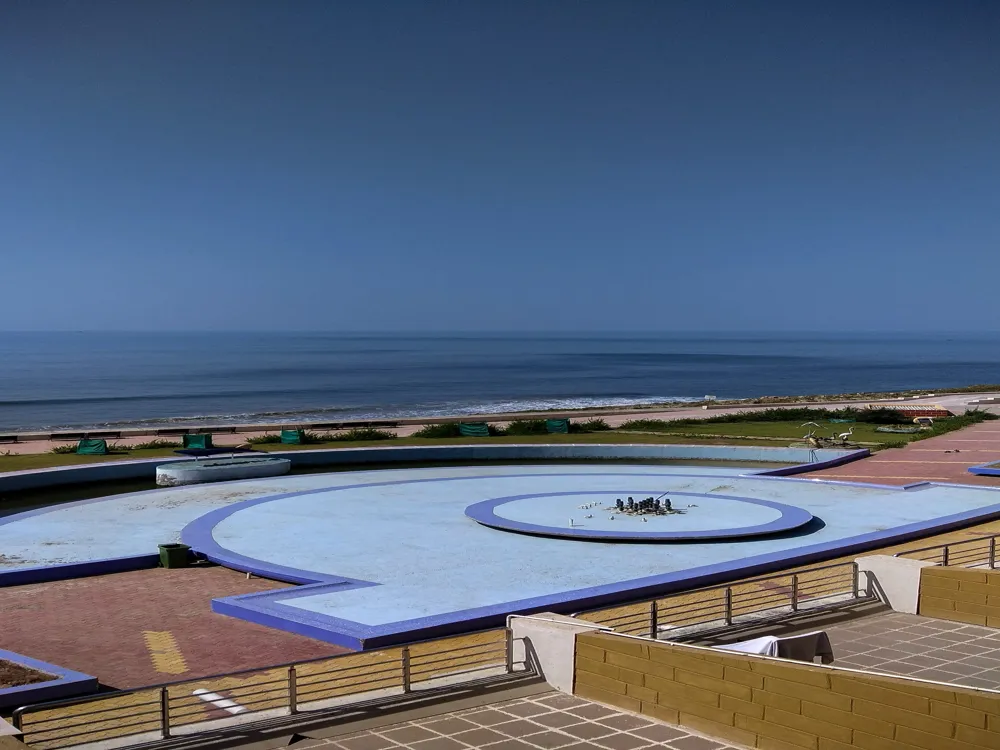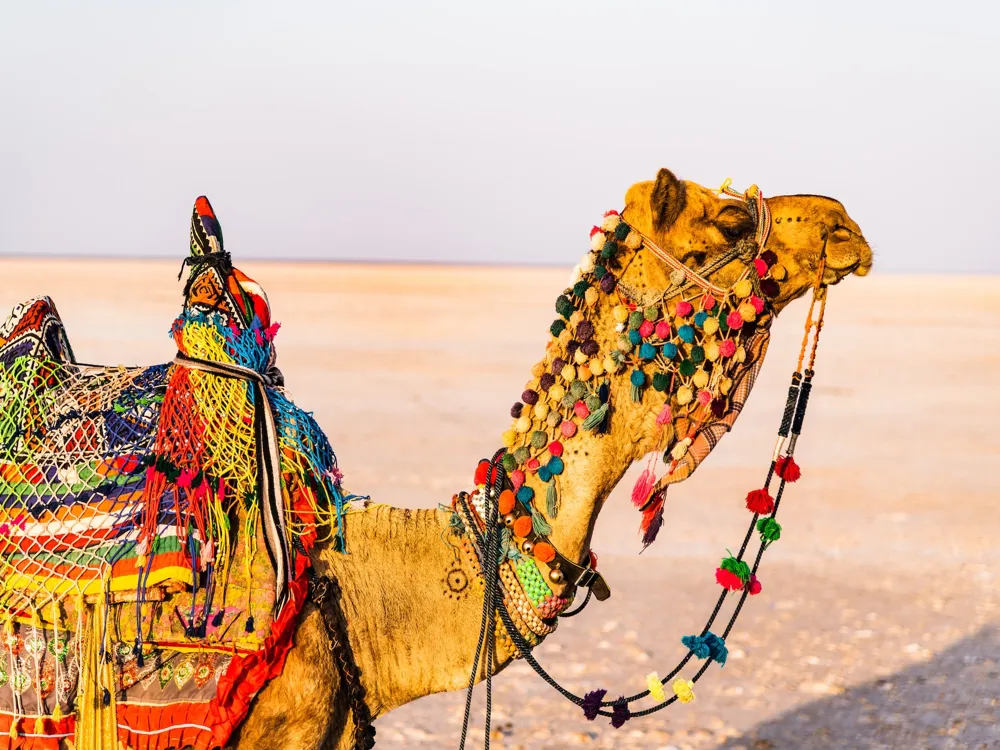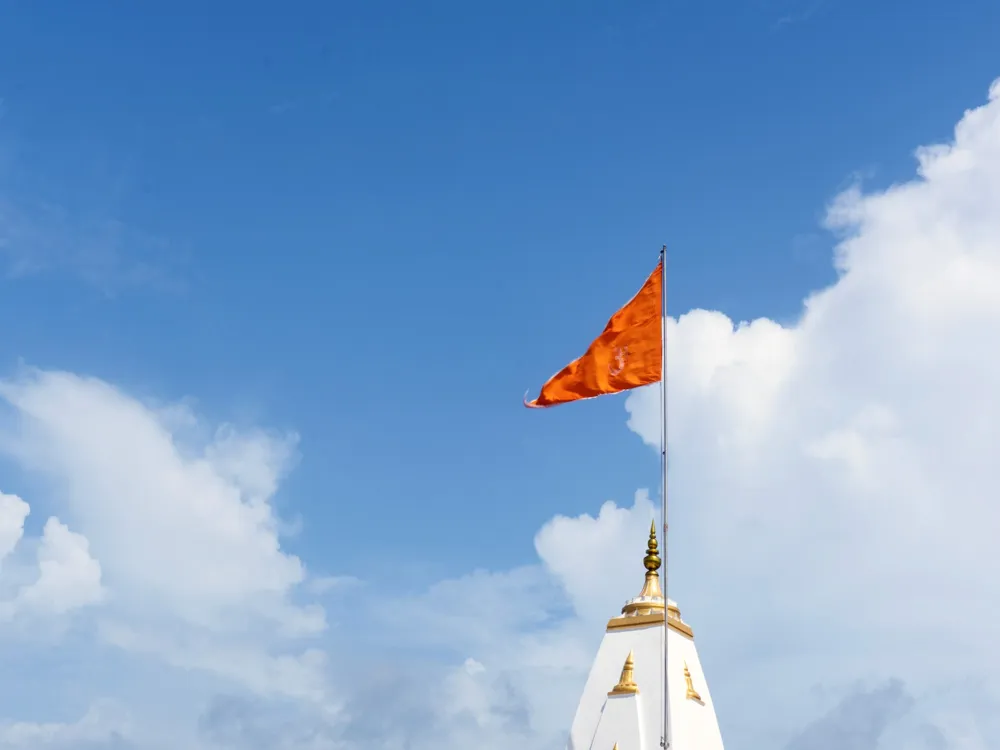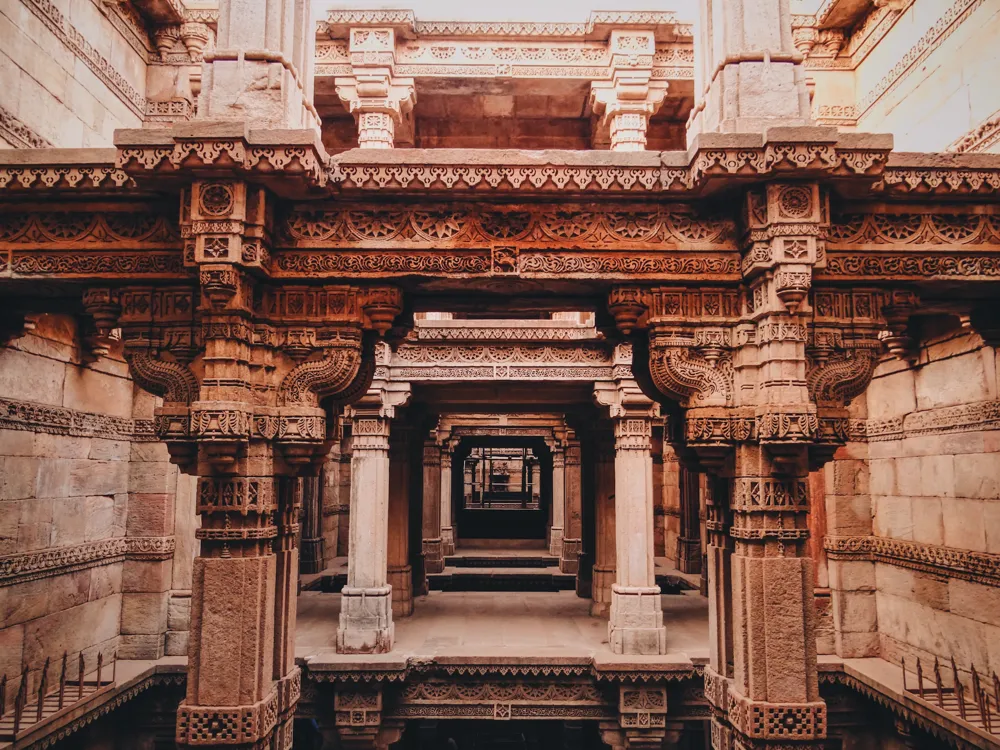Nestled in the heart of Junagadh, Gujarat, the Damodar Kund Water Reserve is a magnificent example of India's rich cultural heritage and natural beauty. This historic water reserve, steeped in legend and tradition, is not just a source of water but a testament to the ingenuity of ancient Indian architecture and engineering. The Damodar Kund, named after Lord Damodar, a form of Krishna, holds a special place in the hearts of the locals and is a significant site for pilgrims and tourists alike. The history of Damodar Kund dates back to centuries, intertwining with the myths and legends of Hindu mythology. According to local lore, the kund (tank) was created by Lord Krishna himself. This sacred site is often associated with various stories from the Puranas, attracting devotees who seek blessings and spiritual solace. The serene atmosphere around the Kund, complemented by the lush greenery and the backdrop of the Girnar Hills, makes it a picturesque location, perfect for both meditation and relaxation. The importance of Damodar Kund extends beyond its religious significance. It serves as a crucial water reserve for the region, playing a vital role in the local ecology and agriculture. The water from the Kund is considered holy and is used in various religious ceremonies throughout Junagadh. The Kund also supports a diverse range of flora and fauna, contributing to the biodiversity of the region. The harmonious blend of nature and spirituality at Damodar Kund makes it a unique destination, offering a tranquil retreat from the hustle and bustle of city life. The architectural brilliance of the Damodar Kund Water Reserve is a reflection of the advanced engineering and artistic skills of ancient India. Constructed with intricacy and precision, the Kund stands as a shining example of traditional water conservation systems. The structure of the Kund is a marvel in itself, featuring steps that lead down to the water, allowing for easy access while also serving as a gathering place for devotees and visitors. The design of Damodar Kund is deeply rooted in the principles of Vastu Shastra, an ancient Indian science of architecture and construction. This is evident in the orientation of the Kund, its shape, and the materials used in its construction. The stone steps, carved with intricate designs and motifs, not only add to the aesthetic beauty of the Kund but also demonstrate the craftsmanship of the artisans of the time. The Kund is surrounded by a series of small shrines and temples, each with its unique architectural style, adding to the overall spiritual ambiance of the area. These structures are adorned with carvings, sculptures, and paintings depicting various deities and scenes from Hindu mythology. The blend of religious art and architecture at Damodar Kund provides a deep insight into the cultural and spiritual heritage of Gujarat. The ideal time to visit Damodar Kund is between October and March when the weather is pleasant, making it comfortable for exploration and sightseeing. Visitors are advised to dress modestly, respecting the religious significance of the site. It's also important to maintain the sanctity of the place by avoiding loud noises and littering. While photography is allowed, it's important to be mindful of the religious sentiments of the devotees. Some areas might have restrictions, so it's advisable to check with local authorities beforehand. Junagadh offers a variety of local cuisines that visitors can enjoy. There are also several accommodation options ranging from budget stays to more comfortable lodgings. Opting for a guided tour can enhance the experience, providing insights into the history, architecture, and cultural significance of Damodar Kund. Damodar Kund is easily accessible from various parts of Gujarat. The nearest airport is in Rajkot, which is about 102 kilometers away. From there, visitors can hire a taxi or take a bus to Junagadh. The Junagadh railway station is well-connected to major cities in India, making it convenient for travelers to reach the Kund. Additionally, Junagadh has a good network of roads connecting it to other major cities, and state-run buses, as well as private vehicles, can be used to reach Damodar Kund. Read More:Overview of Damodar Kund Water Reserve, Junagadh, Gujarat
Architecture of Damodar Kund Water Reserve
Tips When Visiting Damodar Kund Water Reserve
Best Time to Visit
Dress Code and Conduct
Photography Guidelines
Local Cuisine and Accommodation
Guided Tours
How To Reach Damodar Kund Water Reserve
Damodar Kund Water Reserve
Junagadh
Gujarat
NaN onwards
View junagadh Packages
Junagadh Travel Packages
View All Packages For Junagadh
Top Hotel Collections for Junagadh

Private Pool

Luxury Hotels

5-Star Hotels

Pet Friendly
Top Hotels Near Junagadh
Other Top Ranking Places In Junagadh
View All Places To Visit In junagadh
View junagadh Packages
Junagadh Travel Packages
View All Packages For Junagadh
Top Hotel Collections for Junagadh

Private Pool

Luxury Hotels

5-Star Hotels

Pet Friendly









